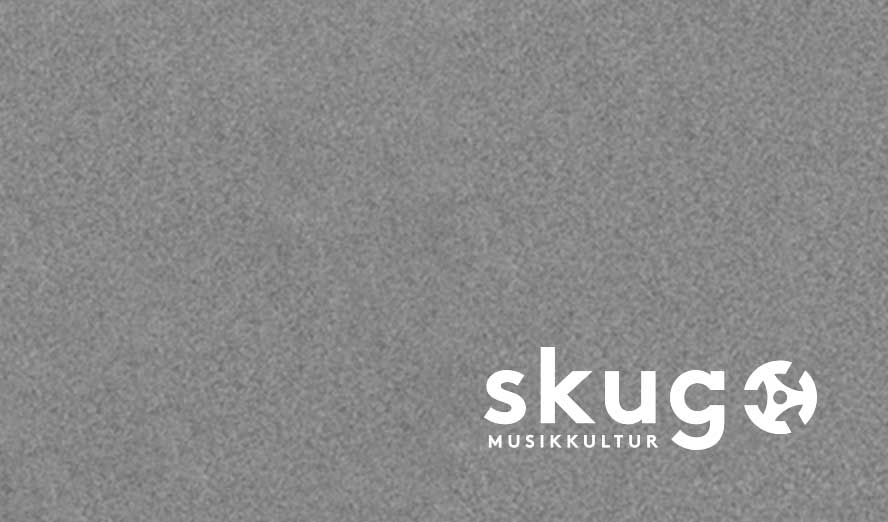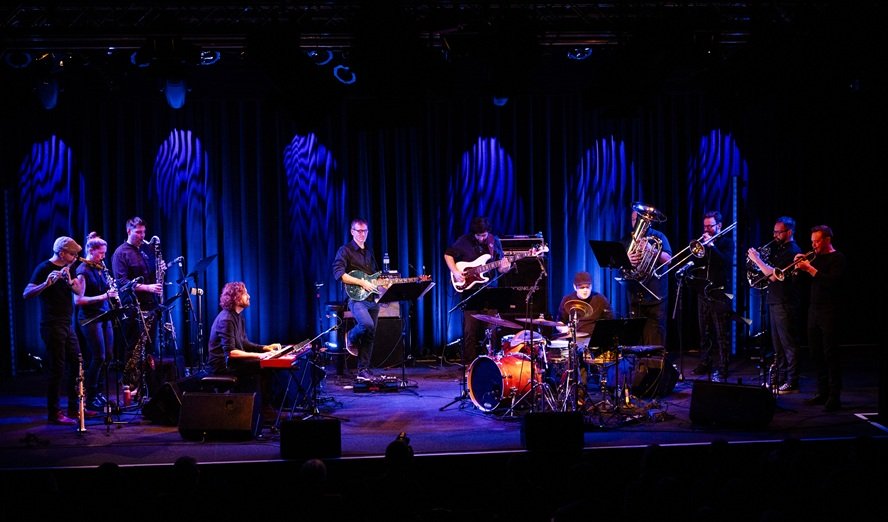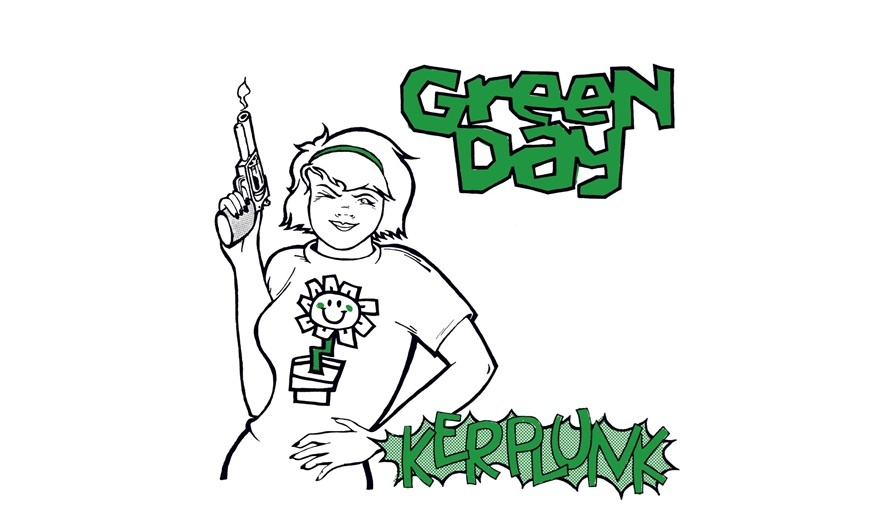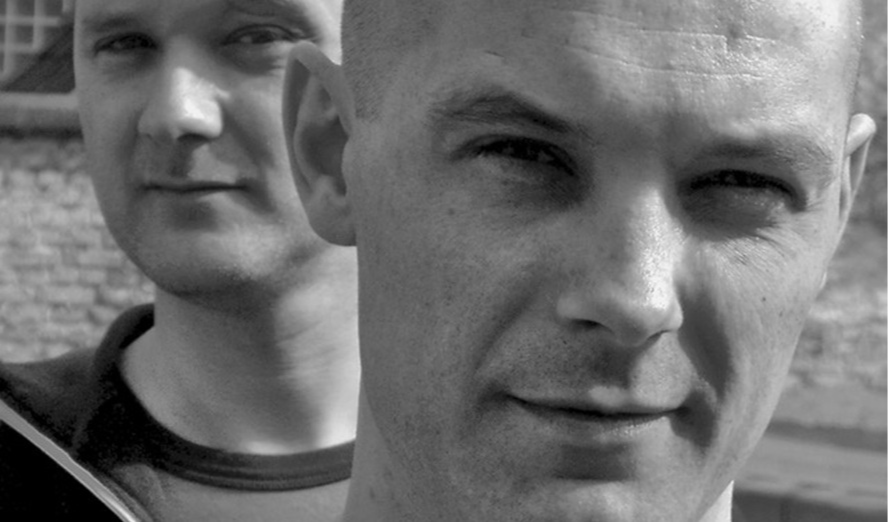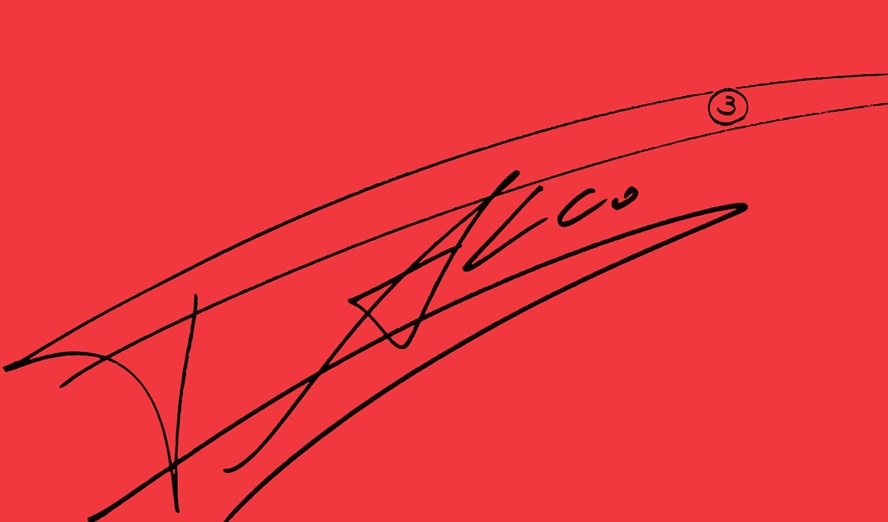In music, the entire universe is just the skip of a stylus away from an imaginary Hawaii (or the push of a »skip« button). Curd Duca tracks are intentionally composed of such skips. Lasting not much longer than two minutes each, they request again and again that we reconfigure our listening practices completely. Instead of drifting away, we are shifting in the space-time continuum. This music is anything but easy and does not make things easier for us, yet reverberates with lightness, and even then is full of coded comments on what it wants to convey. Here, the nice uncle from Mars is also called Sun Ra and lives on Saturn, by the way.
How come you were kissed by the gentle muse? I once read that light entertainment was constantly playing on your parents\‘ radio.
That\’s true. But until two or three years ago, I had only a vague and wrong recollection of this music. When I heard it again for the first time, I was rather disappointed because it sounded completely different in my memory. It was not until I started to buy stacks of very cheap records in thrift stores in Miami that I discovered this music for the second time, so to speak. By the way, most of those records were rubbish.
If hype doesn\’t lead to a discovery, is there a difference in the way you use found material?
Yes. But this music doesn\’t work in a ratio of 1:1 anyway. I think that bands like Combustible Edison are boring. I look at Easy Listening from a rather abstract point of view. I\’m interested in its small elements, in particular sound concepts and textures which are not only different from any of the ones that characterized the pop or progressive music of the time but also different from the official sounds of distorted guitars and hard, metallic beats in the early \’90s. I, for my part, was looking for beautiful sounds and easy moods. In the meantime, there is much space for them, as Easy Listening has been swallowed up by electronic music and no longer serves as an injection of new blood or a source of inspiration, least of all in a parodistic sense. As regards music, I\’ve always hated this so-bad-that-it-is-good-again attitude. I have nothing against fun, nonsense, or tasteless stuff, but it\’s not enough to be able to get just one laugh. It has to sound great after the tenth time as well. If this is not the case, it is impossible to make a meaningful statement. Music as such works beyond up-to-date patterns of acceptance. My ideal would be to listen to music from whatever period of time without the slightest nostalgia arising. I would like to listen to jazz as if it had been created yesterday. Jazz is, however, such a hoary man that it is practically impossible to perceive swing rhythms as abstract high-frequency sound patterns, and a walking bass as an exciting low-frequency pulse. What you have instead are beats loaded with contexts to destroy any sample however perfect it may be, just for the sake of superfluous repetition. Maybe you really have to take drugs, be drunk, or simply feel differently to be able to hear the real quality of a music which seems to be completely hackneyed. This applies to all current styles of electronic music as well. First there are always people who are searching. Later, however, those who have found dominate, repeating endlessly what they have found. It\’s just a waste of time, in my opinion.
But Easy Listening also claims that it attempts to turn »easy« stuff into weighty matter, and to give »serious« material a light touch. However, as regards your work, there is no hierarchy of samples, which is good for combining seemingly contrasting things.
It happens by mere coincidence when I\’m playing around. Manipulations can, all of a sudden, make a swinging, superficial orchestra loop sound extremely sentimental and solemn, so that it no longer relates to its old context. It depends on which part you cut from a dull piece to eventually get to the other qualities. At home I always have records playing in the background, and somehow this makes it easier to notice the weird elements in the textures. The title »Easy Listening« is meant to be a bit ironic too, although some of the tracks really do deserve this name. On the one hand I get more attention, but on the other hand I\’m trapped on the wrong shelves in most of the stores. Well, any music you like and listen to a lot and are familiar with becomes your personal Easy Listening. But for the time being, I\’ve put this series on ice. My work is now centered on fragmenting rhythms, not on samples, which is also encouraged by the remixes I made for the Merricks and for Tipsy. And in the spring, Mille Plateaux will release a CD with material that wouldn\’t have fitted in the »Easy Listening«.
Could you tell us about this production, the »Switched-on Wagner« CD?
First, I sent sequences of Wagner\’s music through synthesizers just to see what will happen. What I got was surprisingly un-Wagnerian: the serious and tense air, which I don\’t like in his music, was completely gone. I\’m interested in his scores and melodic structures, which evoke a different feeling of time. Today, you only think in repetitive structures, in groups of four or loops. Wagner, however, produced snake-like melodic lines, which meander for minutes. I very often filtered just the second or third voices out, which made the familiar melodic lines unrecognizable. The next step in sampling would definitely be to use the original 16-track tapes. The more you can cut something the better. It is a fact that it\’s difficult to process classical music because of its rhythmic and sonic qualities. But it is no problem to make little excursions into ambient music.
As a matter of fact, the original intro of »Rheingold« sounds like the blueprint for Brian Eno\’s »Discreet Music«.
That\’s right. I have been captivated by this part of Wagner\’s music. These delicate, calm passages are also the better ones in the original.
In some of your pieces you employ special vinyl qualities very selectively, so that noise and cracks eventually develop into rhythmic structures that sound as if the needle on the pick-up determined the groove, while skipping over the grooves.
Sometimes I arrive there by manipulation, but most of the time it happens by mere coincidence. Rhythms that seem to be at the point all of a sudden sound distorted and edgy. You can never compose something like that. I did not come across these qualities until I realized that samples sourced from CDs were missing something. They were dead, somehow. I experiment with very small pieces, which as loops develop a life of their own. A reverb has a sound which I can make stronger, and all of a sudden I begin to hear things inside. Maybe they have been hidden there all the time, or maybe not. But that\’s how fragments of melodies develop, which afterwards I add on my keyboards. From this point of view, the sample dictates the music.
(translated by Friederike Kulcsar)
